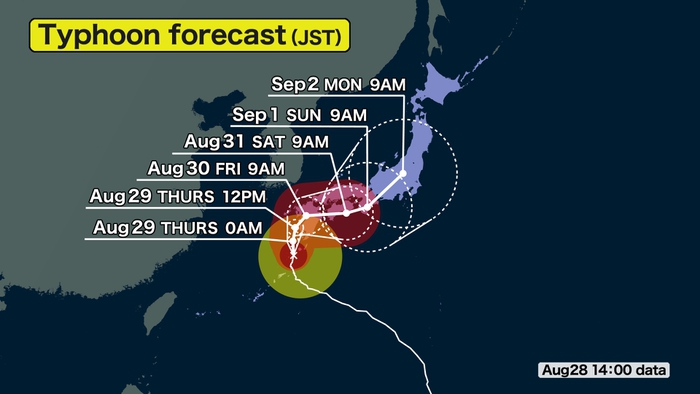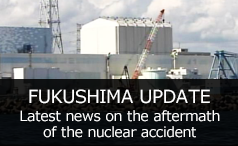What is "Emergency Warning"? -the Japanese wordings you should know
An "emergency typhoon warning" has been issued on August 28 for Kagoshima, for strong winds, high waves and storm surges.
But not all are familiar with this word. So here is the meaning, as a travel guide for all.
【Emergency Warning “特別警報” Tokubetsu Keihou 】
"Emergency Warning", Tokubetsu Keihou in Japanese, is a special warning issued when a disaster of a scale expected only once in several decades is anticipated, urging the highest level of caution.
This word usage started in 2013, as a lesson from the Great East Japan Earthquake in 2011, to encourage people to evacuate early, and save more lives. It is used for various disasters, such as heavy rain, strong winds, tsunami or high waves, heavy snow, high tide, eruption, earthquakes and others.
Contraly to the fact that the "emergency rain warning" is usually issued when it is already difficult to evacuate, the "emergency typhoon warning" is typically announced about 12 hours before the typhoon's center reaches the area, which enables people to evacuate beforehand.
The emergency typhoon warning is issued when the central pressure of a typhoon is below 930 hPa or when the maximum wind speed near the center exceeds 50 meters per second. This warning focuses on strong winds, highwaves, and storm surges.
It is possible to secure safety with typhoon forecasts and warnings. It is important to evacuate before it becomes difficult with winds stronger and rain heavier.
Please ensure your safety by evacuating and securing youself before the situation gets bad, and also while it is not yet dark outside.
And also please check the latest forecast and warinigs at the website.
https://www.jma.go.jp/bosai/map.html#5/34.5/137/&elem=all&contents=warning&lang=en
The information on safety is in multi-language too.
https://www.jma.go.jp/jma/kokusai/multi.html




